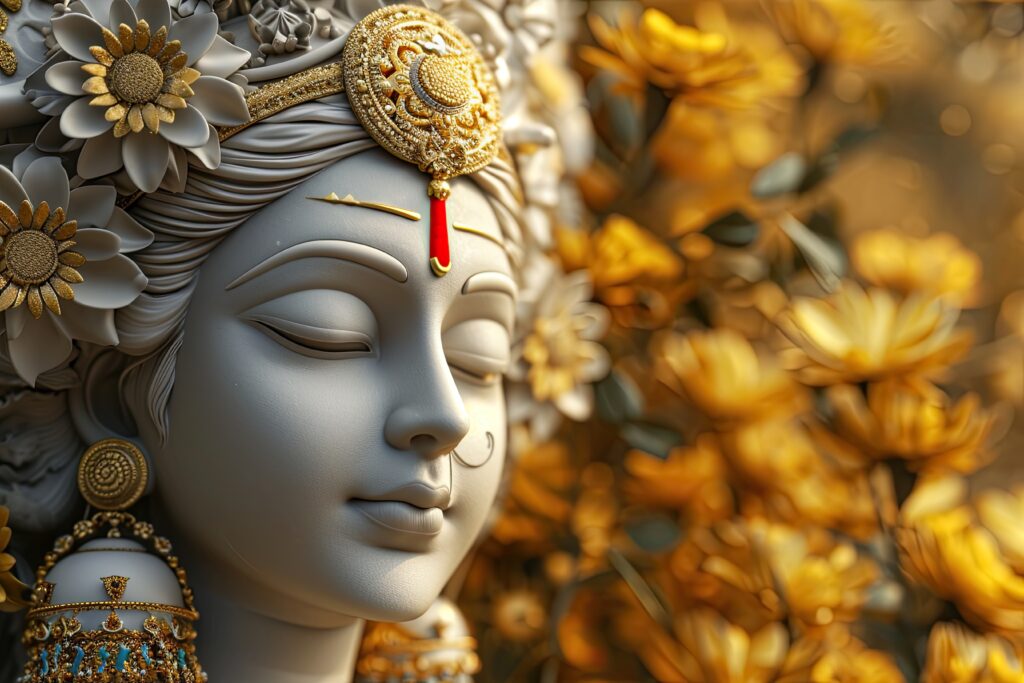
Culture Unseen bonds that connect us
Culture is a word that we hear a lot, but its meaning is broad, complex and always changing. From our food options, our language, our clothes, our holidays and even our greetings -surround us. It is an unseen link that includes people in groups, gives countries their character, and adds importance to daily life. But what does culture mean? And why does it matter so much?
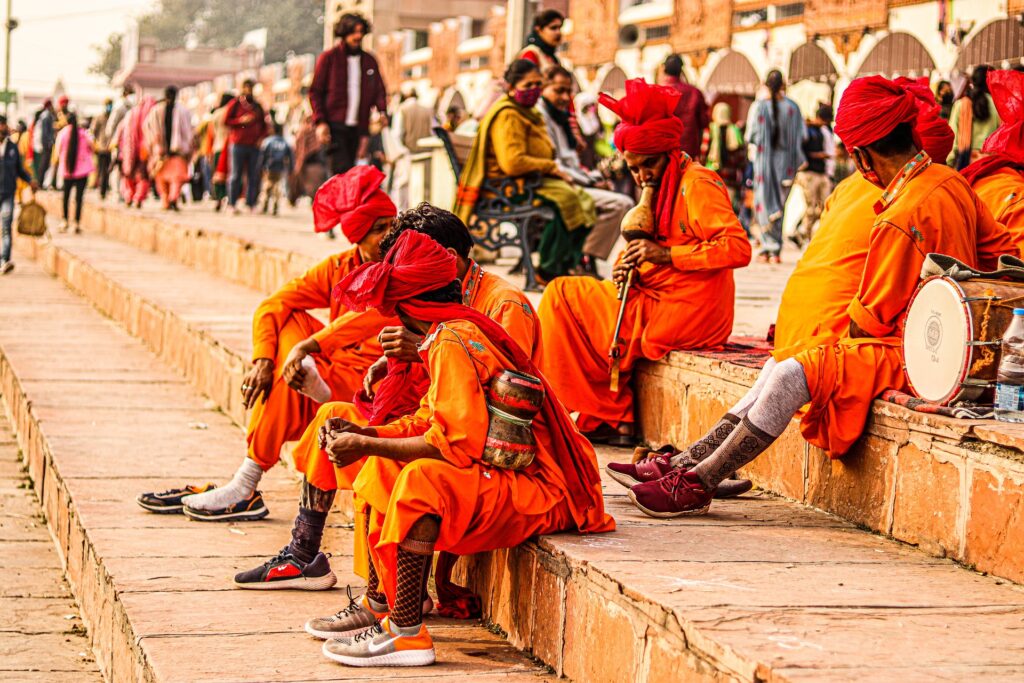
Define culture
In its heart, culture is a set of social habits, customs, beliefs, values and symbols that shares a group and hand over to future generations. This includes both physical and non-physical parts of life: from arts, music and buildings to traditions, etiquette and spiritual practices.
Culture is still not standing. It changes over time with progress from within and the shape of the connection from outside. New technology, the world is getting more connected, people are moving, and even change the weather how to change all cultures, mix, and sometimes collide.
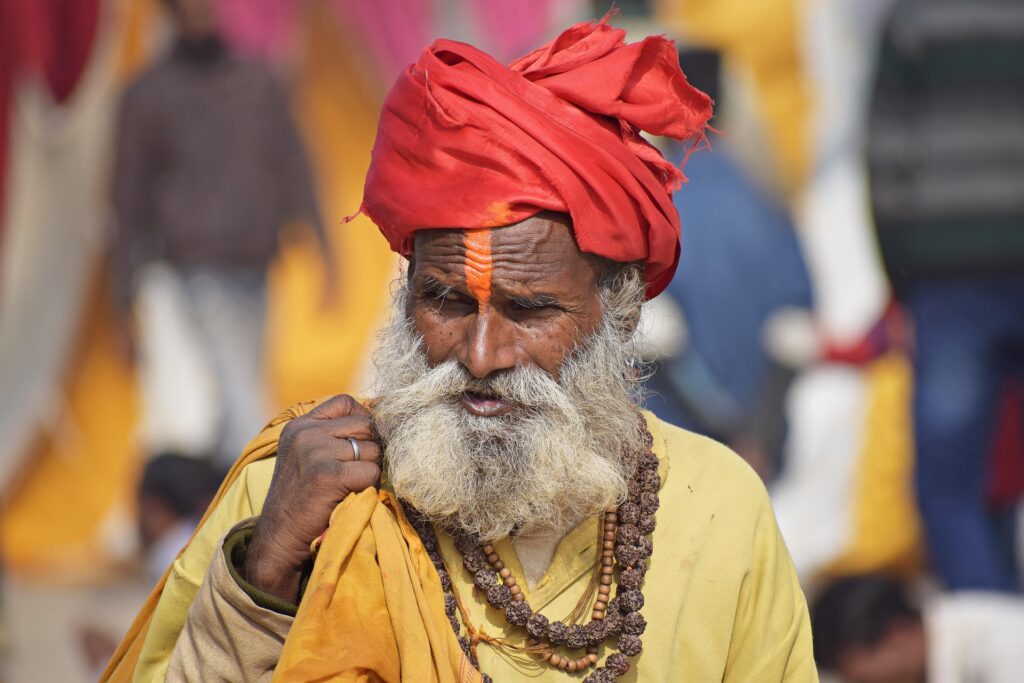
Role of culture in identity
Culture plays an important role in shaping our identity. From an early age, we learn our cultural criteria – how to behave, what is considered humble, what is forbidden, and what values are dear. These criteria become a framework through which we look at the world and decide.
For example, language is not only a tool for communication, but a carrier of culture. The traditions of idioms, manifestations and storytelling provide insight into the world vision of a culture. Similarly, food is much higher than livelihood; It tells stories of geography, history and migration.
When individuals or groups are displaced from their cultural roots – whether through migration, colonization, or globalization – it can result in loss of identity, craving roots and even generational trauma. At the same time, the combination of cultures can lead to new, hybrid identity that enriches societies.
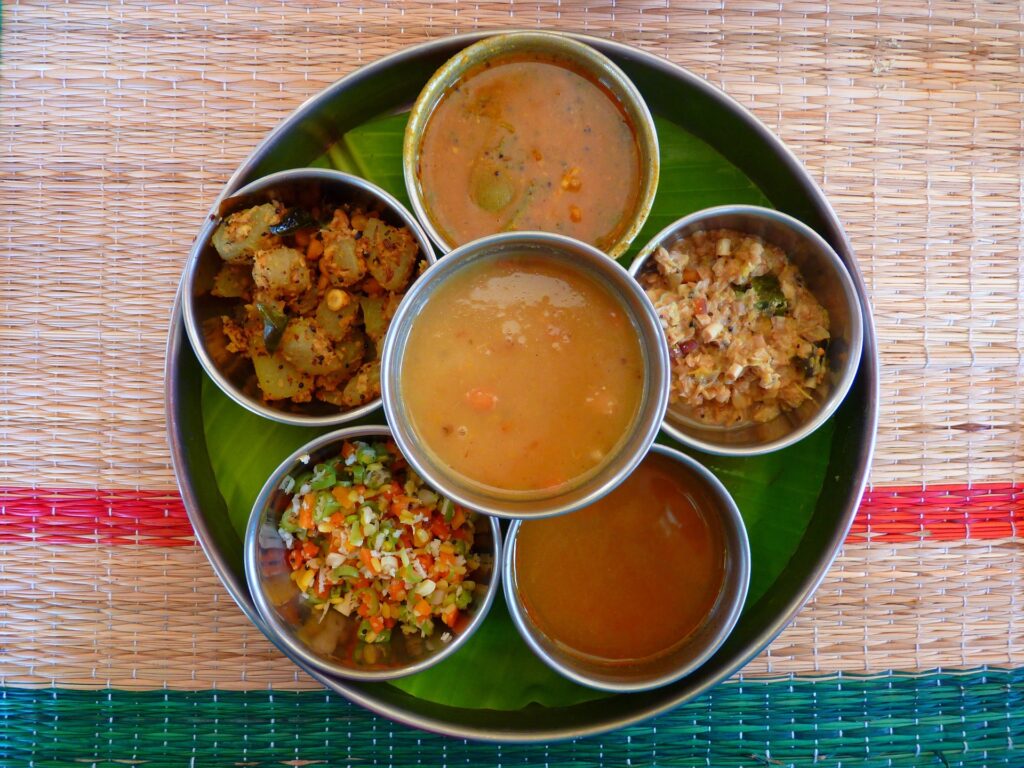
Culture as a source of belonging
Human beings are social creatures, and culture provides a sense of belongingness. It creates shared experience and general basis. Festivals, rituals and communal food bring people together, strengthening social taunts.
Think about how sports fans gather in stadiums, sing mantras and wear team colors. Or how national holidays increase patriotism in cities. These moments based in shared culture provide comfort and community.
In multicultural societies, however, the question of related may be complicated. Balancing many cultural identities-as a second-generation immigrants or bilingual can be both growing and challenging. But with open mind, these cultural intersections can be locations of innovation and sympathy.
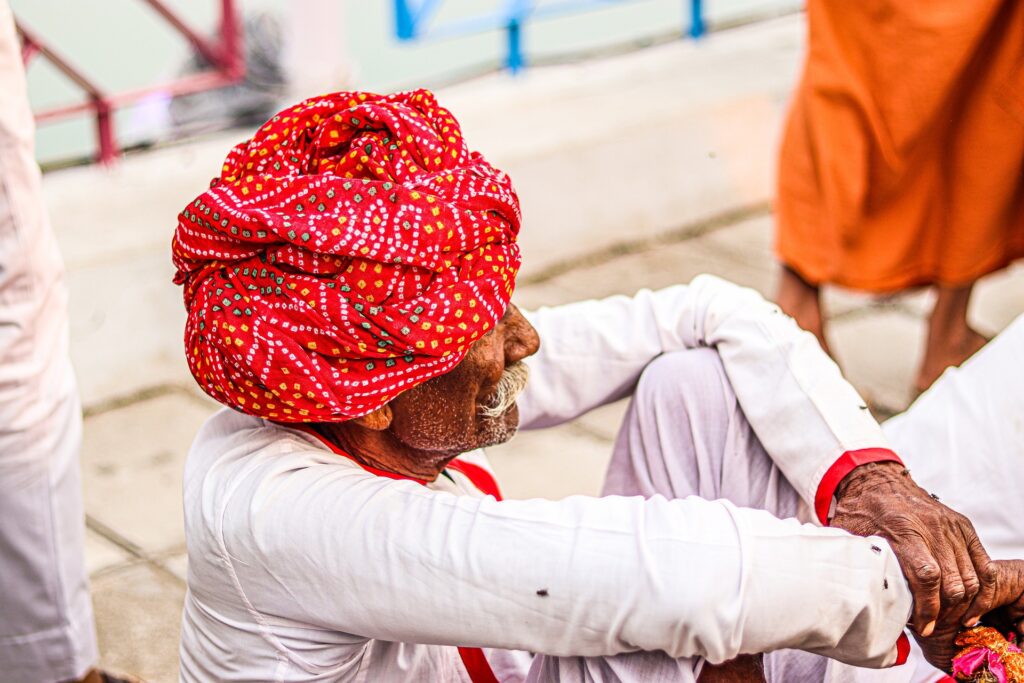
Culture and change
Culture is not fixed in time. It is sometimes adopted in dramatic changes sometimes and other times. For example, the digital age has fundamentally converted to how culture is produced and consumed. Social media platforms have created new cultural expressions- Memes, viral trends, digital arts- which can cross boundaries in seconds.
Music is a great example of cultural fusion. Styles such as hip-hop, regags, or ke-pap reflect effects from different parts of the world and have become a global movement. These changes challenge traditional boundaries and invite the ongoing interactions about authenticity, appropriation and praise.
Cultural changes can also be a reaction to social movements. From civil rights to LGBTQ+ advocacy, culture often reflects – and drive -social progress. Fashion, language and art become powerful tools for these movements -resistance and representation
Cultural diversity and its challenges
In our mutual connected world, cultural diversity is more visible than ever. Multiculturalism can promote innovation, creativity and comprehensive approach. Breaking stereotypes in contact with various methods of thinking can reduce prejudice, and enrich our understanding of human experience.
However, cultural diversity can also cause stress.
Misconceptions, discrimination and ethnicism often arise when people face different values or customs from their own. This is the place where cultural ability becomes important – the ability to respect, understand and interact effectively with people of different cultures.
Education plays an important role in promoting cultural awareness. Schools, media and public institutions can help people develop sympathy and openness by encouraging negotiations rather than partitions.
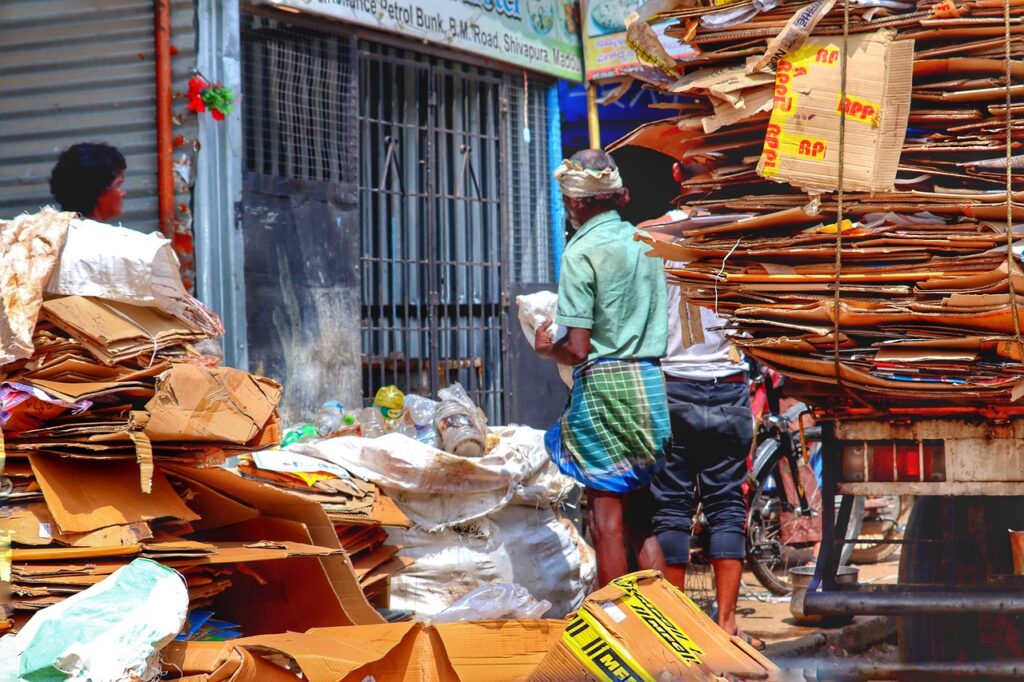
Global and local
Globalization has made cultural exchange easier and more often. We can hear Nigerian Afrabets in London, eat sushi in Sao Paulo, and learn yoga from an app in Toronto. But this global access comes with questions: are we preserving cultural authenticity, or are we diluting it?
The phenomenon of “cultural appropriation” arises when the elements of the culture of a marginalized culture are adopted without understanding or respect. For example, wearing a traditional original American headdress in a concert can be seen as aggressive rather than appreciated. True cultural praise requires origin, sensitivity and acknowledgment of origin.
At the same time, many local cultures are fighting to survive. Indigenous languages are disappearing at a dangerous rate. Traditional crafts are being replaced by mass production. In this context, cultural protection becomes a task of resistance – a way to respect and pass it.
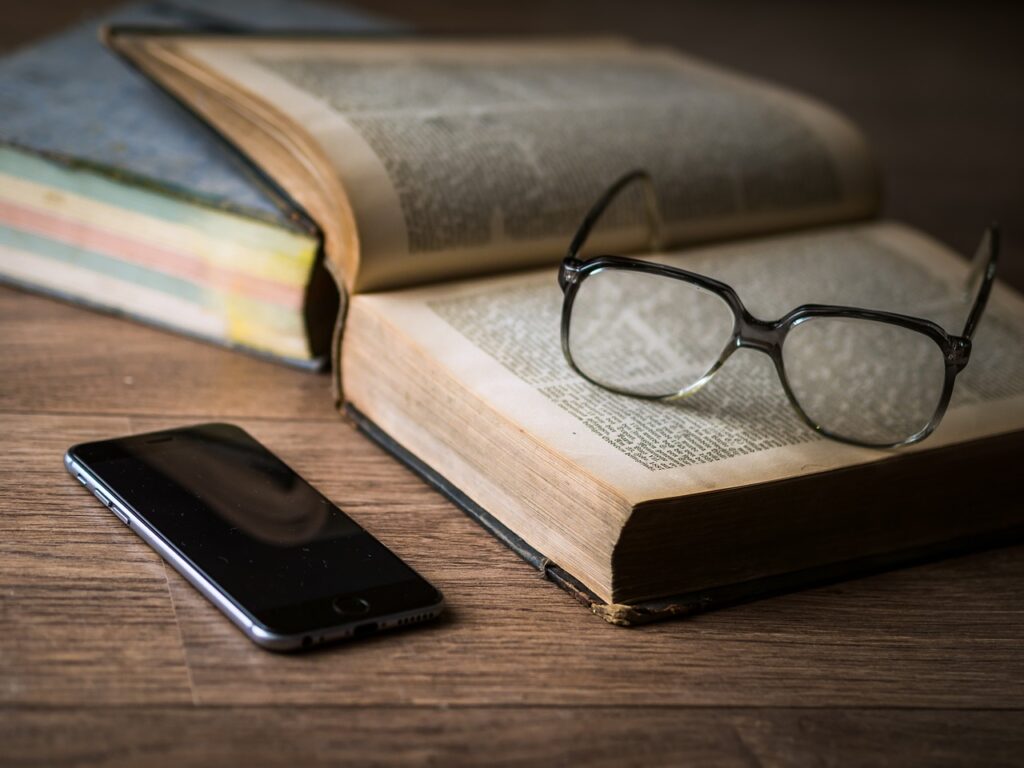
Story of story telling
One of the most powerful ways to share culture is through storytelling. Stories carry knowledge, humor, caution and hope. They are bridges between generations and between various communities. Whether orally or through books, films and podcasts, stories offer a glimpse in the soul of a culture.
Consider the success of films like cocoa, black panther, or parasites – each different cultural narratives lies in the world level yet. When we narrate our stories, we make our place in the world. When we listen to others, we create understanding.
Conclusion: Embraceing culture in everyday life
Culture shapes how we see ourselves and how we are related to others. It teaches us values, gives us a sense of belonging, and allows us to express ourselves. In the era of rapid change and increasing diversity, it is more important than ever to understand, respect and celebrate cultural differences.
To embrace the culture has to embrace humanity in all its colors, rhythm and voices. Whether you are traveling to a new country, trying a new dish, learning a new language, or just listening to someone’s story – you are participating in a cultural exchange. And that, in itself, is a beautiful and powerful function.